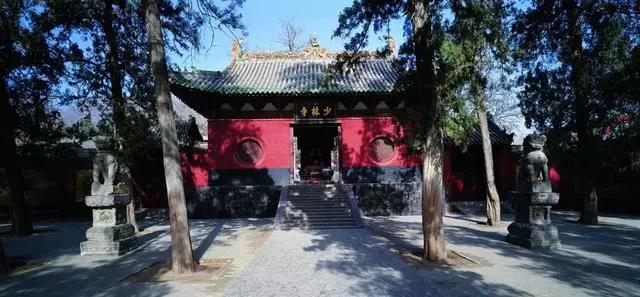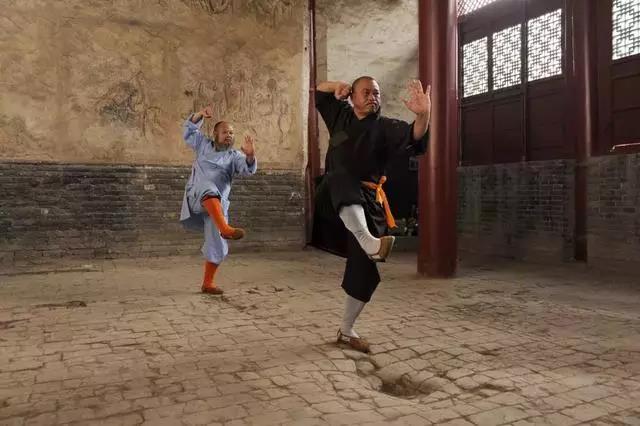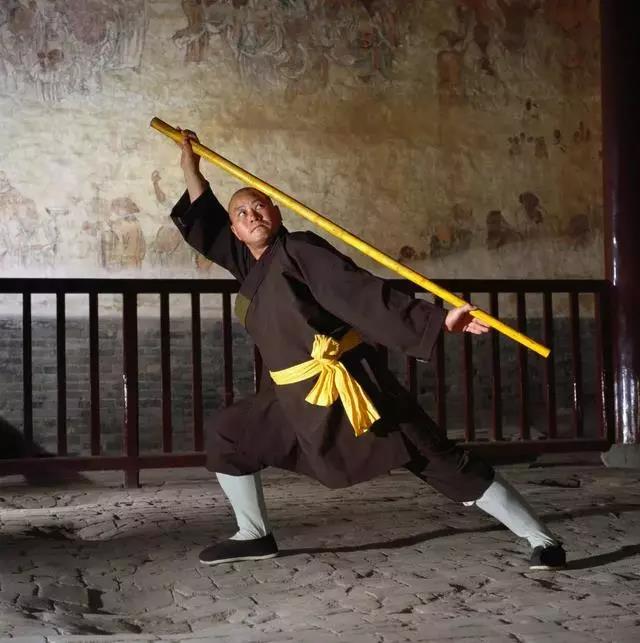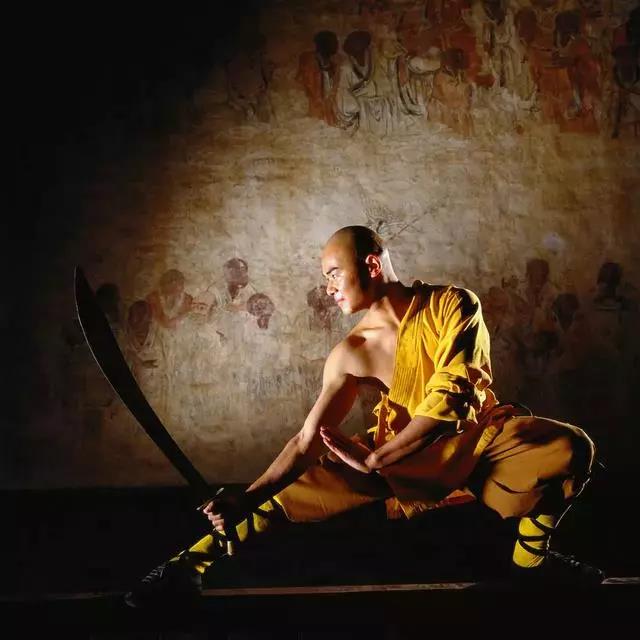ICH|Shaolin Kung Fu, National Intangible Cultural Heritage
Shaolin Kung Fu refers to a traditional cultural system formed in Songshan Shaolin Temple, a specific Buddhist cultural environment. Based on Buddhist beliefs, it fully suggests the wisdom of Zen Buddhism and takes martial arts practiced by Shaolin monks as its main form of expression, with a history of more than 1,500 years. In the 19th year of Taihe Period in the Northern Wei Dynasty (495 A.D.), Emperor Xiaowen ordered the establishment of Shaolin Temple at the northern foot of Shaoshi Mountain for Buddhabhadra, an Indian eminent monk. After that, scores of Indian eminent monks went to Shaolin Temple to preach Zen. The initial form of Shaolin Kung Fu came to fruition during this period. Bodhidharma, an Indian eminent monk, initiated Zen in Shaolin Temple, thus establishing the lofty status of Shaolin Temple as the ancestral temple of Zen. Zen is a Buddhist sect that has gradually been localized in the development process in China which has greatly enriched Chinese ideology and has imposed far-reaching influence on Chinese culture.

In the early years of Sui Dynasty, Shaolin Temple owned a myriad of real estate due to the imperial court’s rewards. At the end of Sui Dynasty, in order to protect the temple’s property, Shaolin monks organized armed forces to defend themselves from war and contributed to the establishment of Tang Dynasty. Shaolin Temple has since become renowned for martial arts.

The popularity of learning martial arts in the Ming Dynasty contributed to the rapid development of Shaolin Kung Fu. During the nearly 300 years of the Ming Dynasty, Shaolin Temple monks were conscripted by the court at least six times to join official war operations, and received masses of awards from the court with meritorious deeds. Shaolin Kung Fu has proved itself in actual combats and has established its position in national martial arts circle.

Han people were strictly prohibited from learning martial arts in Qing Dynasty. In the 13th year of Yongzheng’s reign, the imperial court rectified the temple’s patriarchal clan system. Although Shaolin monks insisted on practicing martial arts secretly, the level and influence of Shaolin Kung Fu declined. During the Republic of China featuring warlord dogfights, Shaolin Temple further withered, and Shaolin Kung Fu was also in a precarious state. After the 1980s, thanks to the policy on freedom of religious belief introduced by government, the religious life in the temple was restored, and Shaolin Kung Fu regained its significance. The elder monks began to teach Shaolin Kung Fu to youngsters. The collection, identification, collation and publication of Shaolin Kung Fu classics were launched on a large scale, thereby reviving Shaolin Kung Fu.

The “Oneness of Zen and Martial Arts” spirit of Shaolin Kung Fu has a considerably far-reaching impact on Chinese martial arts and Buddhist beliefs. Shaolin Kung Fu is a branch of Chinese martial arts with a long history, a large system and the most categories. According to the temple’s illustrated charts of boxing, there are 708 sets of Shaolin Kung Fu routines, including 552 sets of boxing and instrument routines, and 156 sets of various techniques such as 72 unique skills, grappling, fighting, bone-dismantling, finger pointing manipulation, and breathing exercise. According to statistics of Shaolin Kung Fu routines handed down and re-collected in the temple, there are 178 sets of boxing, 193 sets of instruments, 59 sets of sparring, and 115 sets of others, totaling 545 sets, and related instruments and tools have their own characteristics. Shaolin spear has been one of the most commonly used weapons in Shaolin martial arts since ancient times. The complete spear routine consists of penetrating, pointing, raising, poking, sweeping, severing, waving and other skills, as well as movements such as footwork, retreating, jumping and turning. Shaolin martial arts basically features that “spear is waved like a dragon and is poked in a line.” When practicing the spear technique, the body should move as smooth as a cat; the spear should be waved like fighting a tiger, poked in a line, drawn like shooting arrow, withdrew like nabbing a tiger, lowered like holding a tiger, and raised like stabbing a dragon; the jump should be like climbing a mountain, the eyes should look up, and the bodily movement should be nimble.

The Shaolin Kung Fu is inherited in strict accordance with mentoring system. The mentoring relationship embodies the temple’s traditional patriarchal clan system that was established in the 13th century when Zen Master Fuyu, the leader of Caodong Sect, was the abbot of Shaolin Temple. Zen Master Fuyu built Shaolin Temple into a family temple with traditional Chinese patriarchal clan system, which has a profound impact on Shaolin Temple and Shaolin Kung Fu. At present, the monk inheritance in Shaolin Temple still basically abides by the pedigree established in the 13th century, which has continued to “Su, De, Xing, Yong, Yan and Heng” and has gone through more than 30 generations with a history of nearly 800 years.
In 2006, Shaolin Kung Fu was listed as the National Intangible Cultural Heritage.